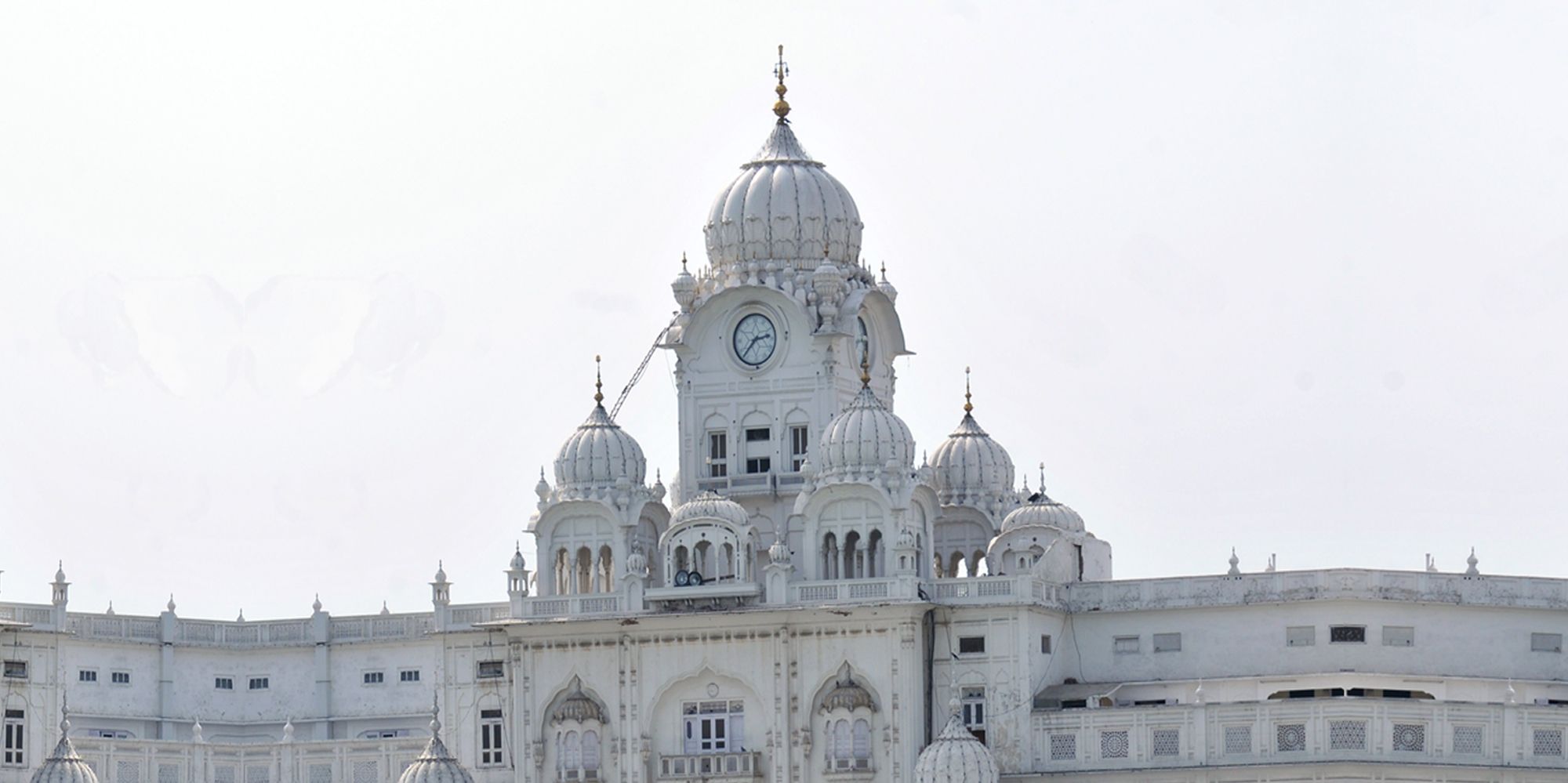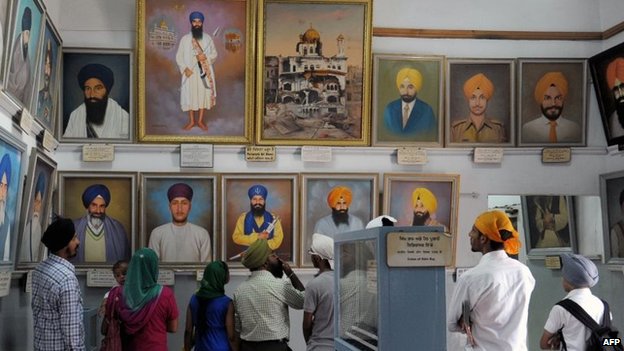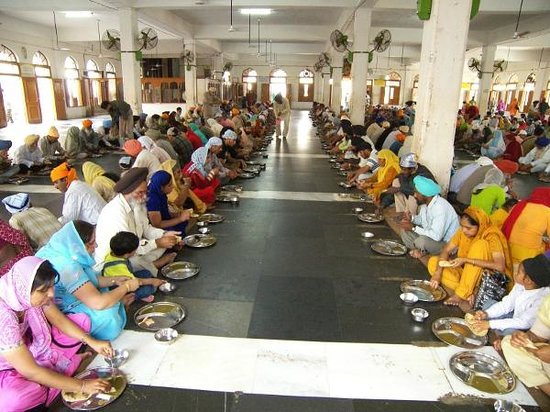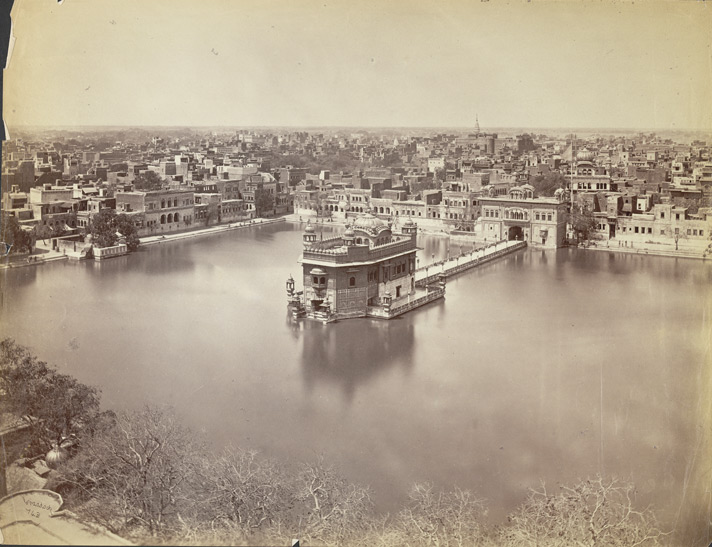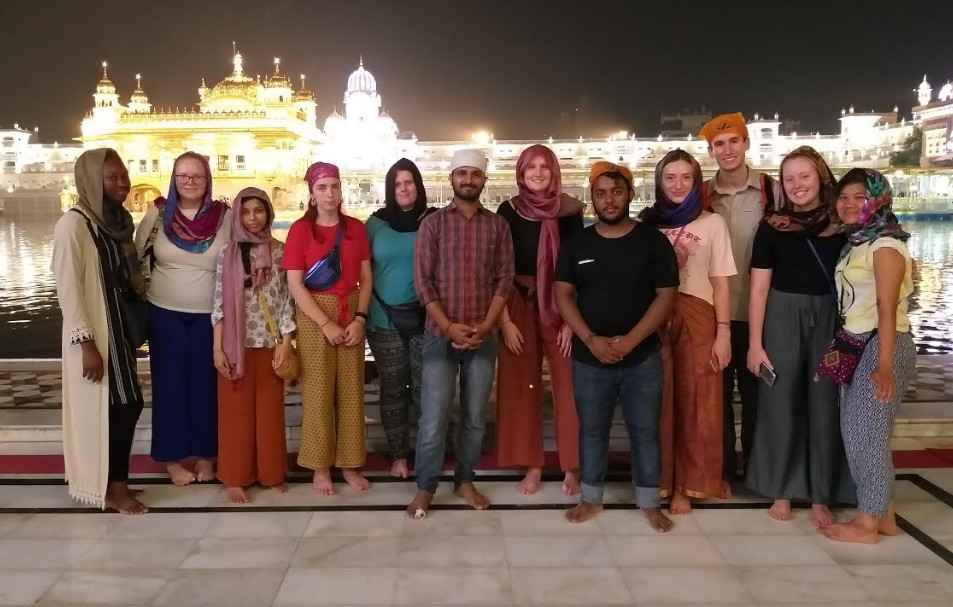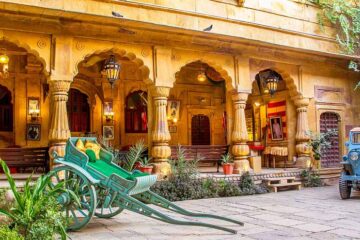The Symbol of Unity
The Golden Temple is a gurdwara in Amritsar, Punjab, India. It is also referred to as the Harmandir Sahib. Another name for the Harmandir Sahib is Harimandar or Harimandir Sahib. Due to its central sanctuary, which is covered in gold leaf, it is also referred to as the Golden Temple and the Durbar Sahib, which means “holy audience.” Hari, which is often translated as “God,” and mandir, which is sometimes translated as “home,” make up the phrase “Harmandir.” The word “Sahib,” which is frequently used in Sikh tradition to indicate respect for locations of religious significance, is additionally added to the shrine’s name. There are a number of Gurdwaras called “Harmandir Sahib” in the Sikh religion, including ones at Kiratpur and Patna. The one in Amritsar is the most revered of these. It is the most important Sikhism spiritual location. Along with the Gurdwara Janam Asthan in Nankana Sahib and the Gurdwara Darbar Sahib Kartarpur in Kartarpur, it is one of the most sacred places in Sikhism.

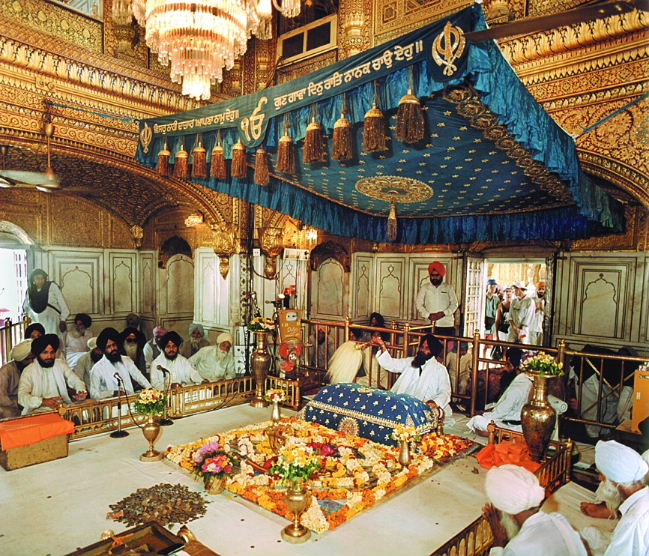
In Sikhism, the Golden Temple is regarded as the most significant spiritual site. Between 1883 to the 1920s, it served as the Singh Sabha Movement’s hub. The Golden Temple is a welcoming place of worship for people of all ages, backgrounds, and religions. It has a square layout, four entrances, and a road that circles the pool. The four gurudwara gates represent the Sikh belief in equality and the idea that everyone is welcome in their sacred space.
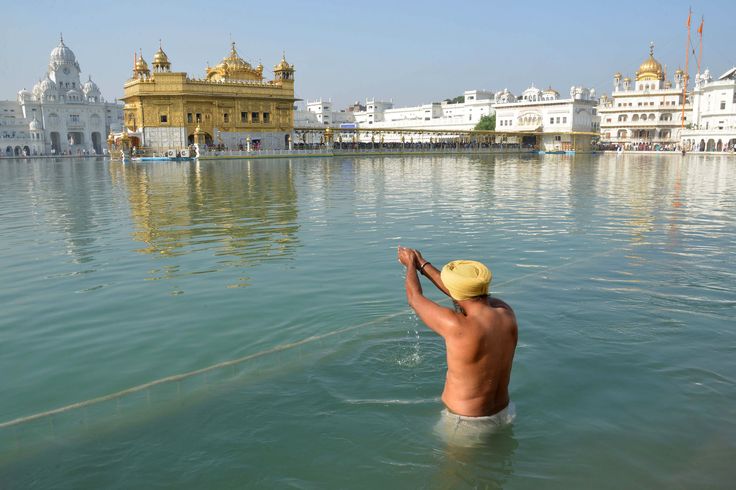
The pool and sanctum are surrounded by a complex of buildings.
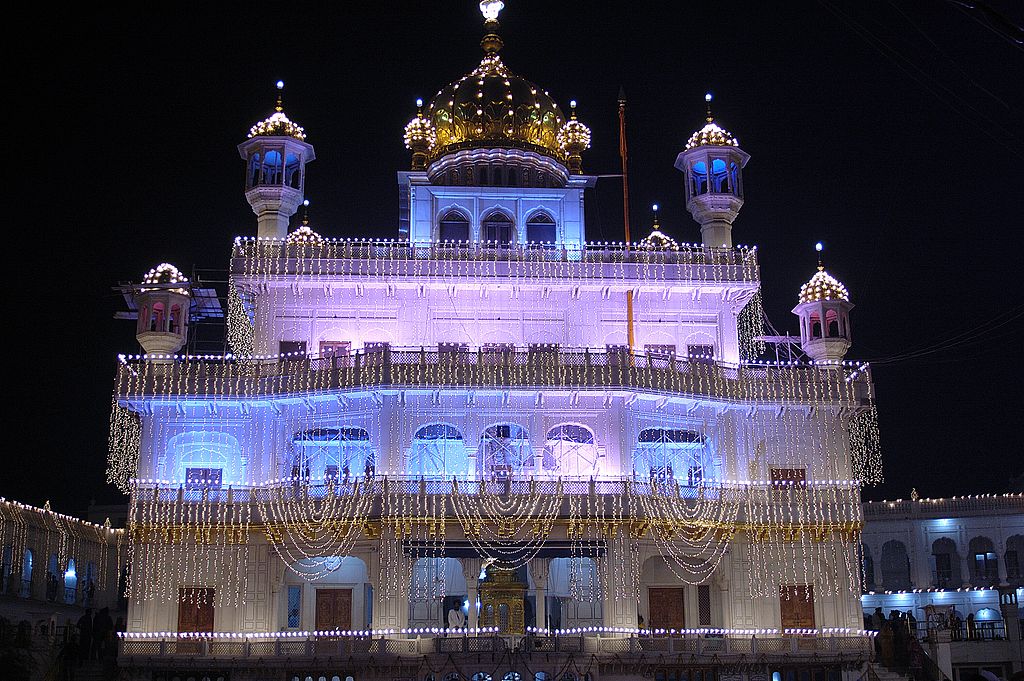
Akal Takht, the primary centre of religious authority in Sikhism, is one of them.
A clock tower, the Gurdwara Committee’s offices, a museum, and a langar—a non-profit Sikh community-run kitchen that serves vegetarian meals to all visitors without distinction—are other structures.
Every day, more than 150,000 people come to worship at the sacred site. The Gurdwara complex has been proposed as a UNESCO World Heritage Site, and UNESCO is now considering the proposal.
History:
The third Guru of the Sikh tradition, Guru Amar Das, reportedly chose the location that would become Amritsar and house the Harimandir Sahib. After instructing his pupil Ram Das to locate property to establish a new town with a man-made pool as its focal point, it was subsequently known as Guru Da Chakk. Guru Ram Das established the town that would later be known as “Ramdaspur” after succeeding Guru Amar Das in 1574, despite the sons of Guru Amar Das’ harsh opposition. He began by assisting Baba Buddha in finishing the pool (not to be confused with the Buddha of Buddhism). Next to it, Guru Ram Das constructed his new official centre and residence. He extended an invitation to traders and craftspeople from different regions of India to relocate to the new town.
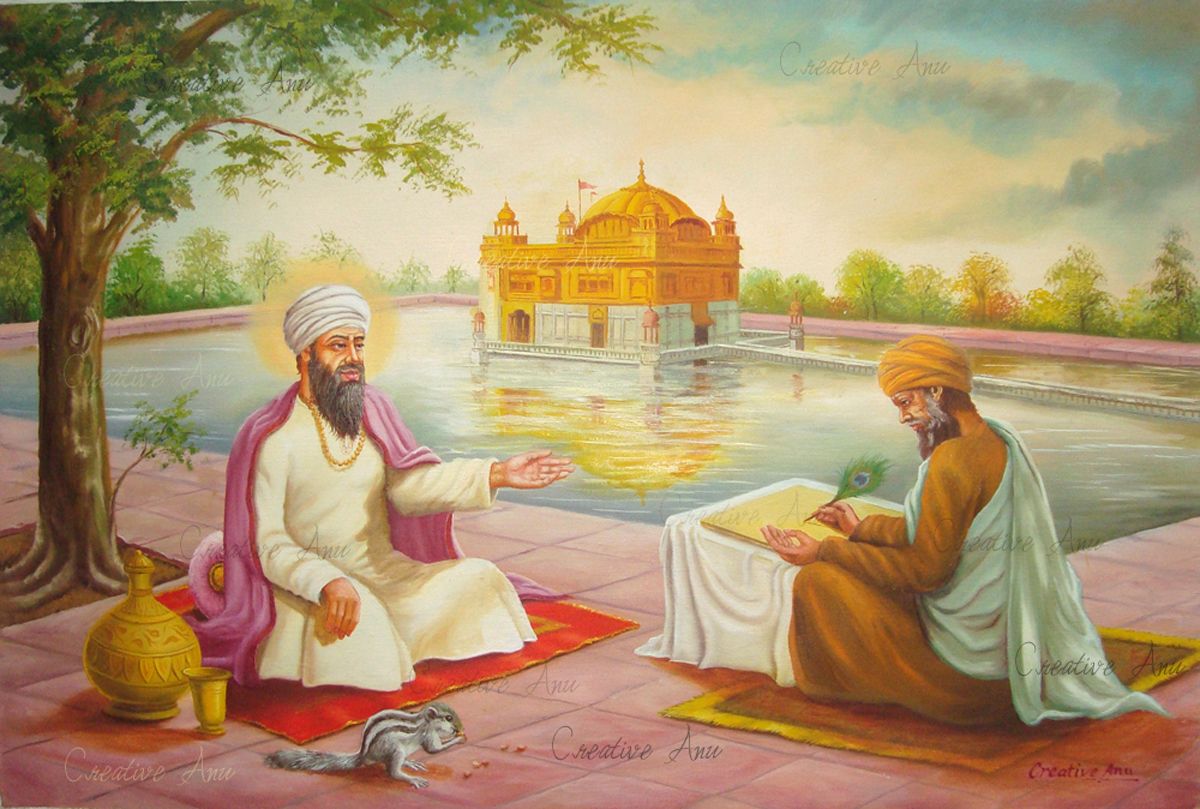
During the reign of Guru Arjan, Ramdaspur Town grew as a result of gifts and voluntary labour. The region expanded into the temple complex, and the village expanded into the city of Amritsar. Mahima Prakash Vartak, the earliest known work discussing the lives of all ten Gurus, is a semi-historical Sikh hagiography manuscript that describes the construction activities between 1574 and 1604. It is thought to have been written in 1741.Guru Arjan installed the scripture of Sikhism inside the new gurdwara in 1604. Continuing the eff
orts of Guru Ram Das, Guru Arjan established Amritsar as a primary Sikh pilgrimage destination. He wrote a voluminous amount of Sikh scripture including the popular Sukhmani Sahib.
Architecture:
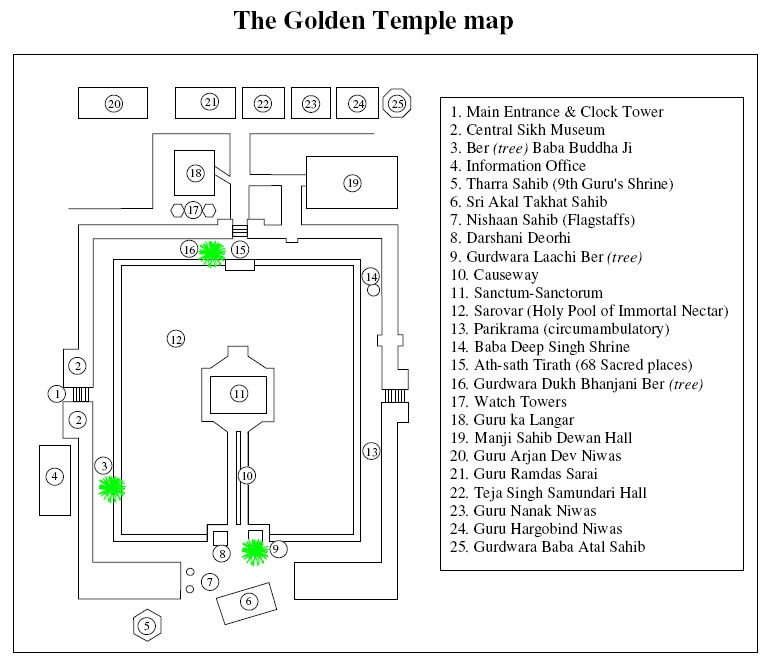
As the Golden Temple underwent numerous reconstructions and restorations, its architecture represents the diverse architectural styles that were popular on the Indian subcontinent. Ian Kerr and other academics characterise the Temple as combining Hindu Rajput and Indo-Islamic Mughal architectural styles.
Daily ceremonies:
The historical Sikh custom is carried out in the Golden Temple every day through a number of rituals. Out of respect, these rites treat the text as though it were a guru. They consist of:
01. Sukhasan is a final ritual (sukh means “comfort or rest,” asan means “position”). The Guru Granth Sahib is closed, carried on the head, placed inside, and then transported in, a flower-decorated pillow-bed palki (palanquin), with chanting, at night after a series of devotional kirtans and three-part ards. Its bedroom is located on the first floor of the Akal Takht. The scripture comes and is nestled into a bed.


